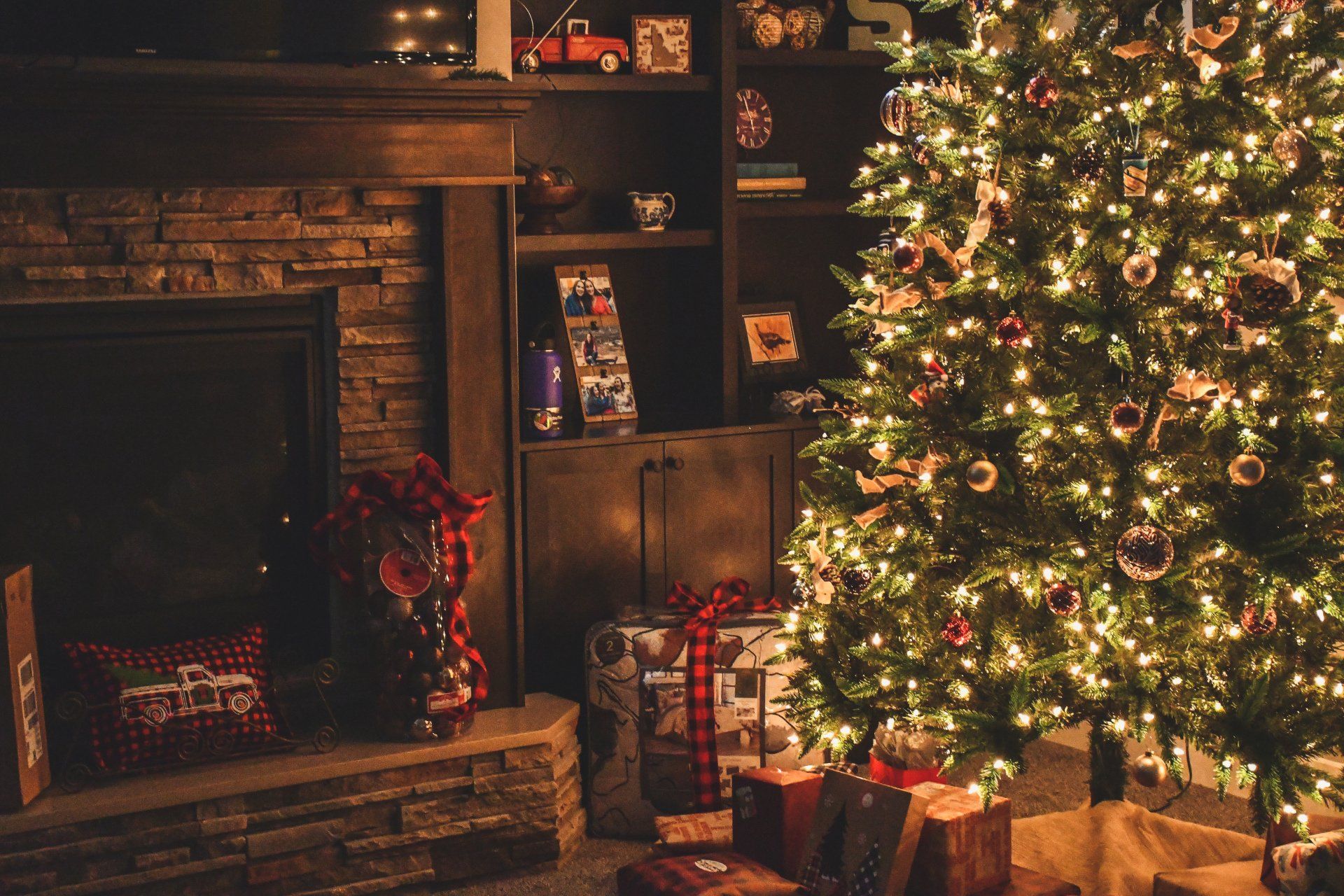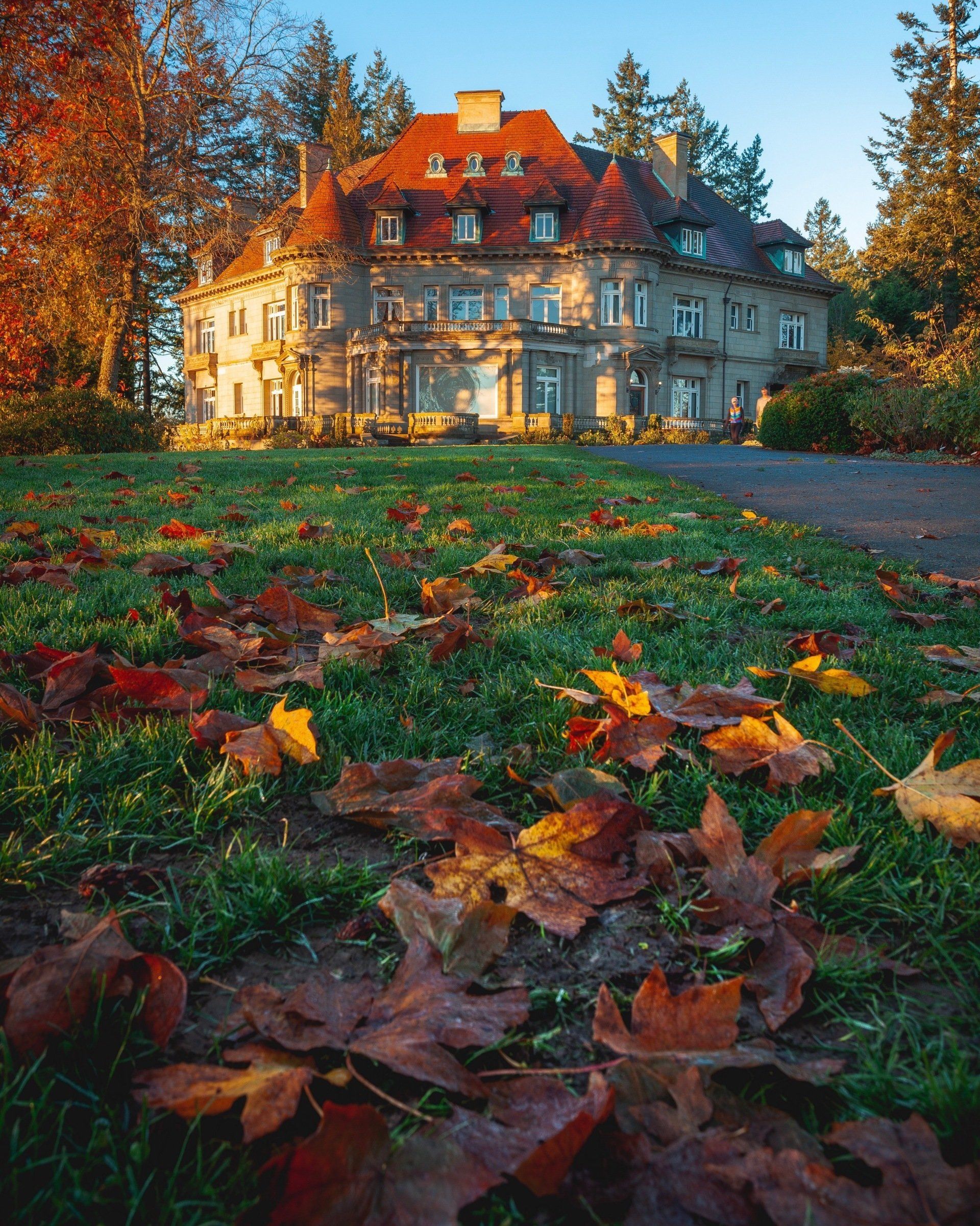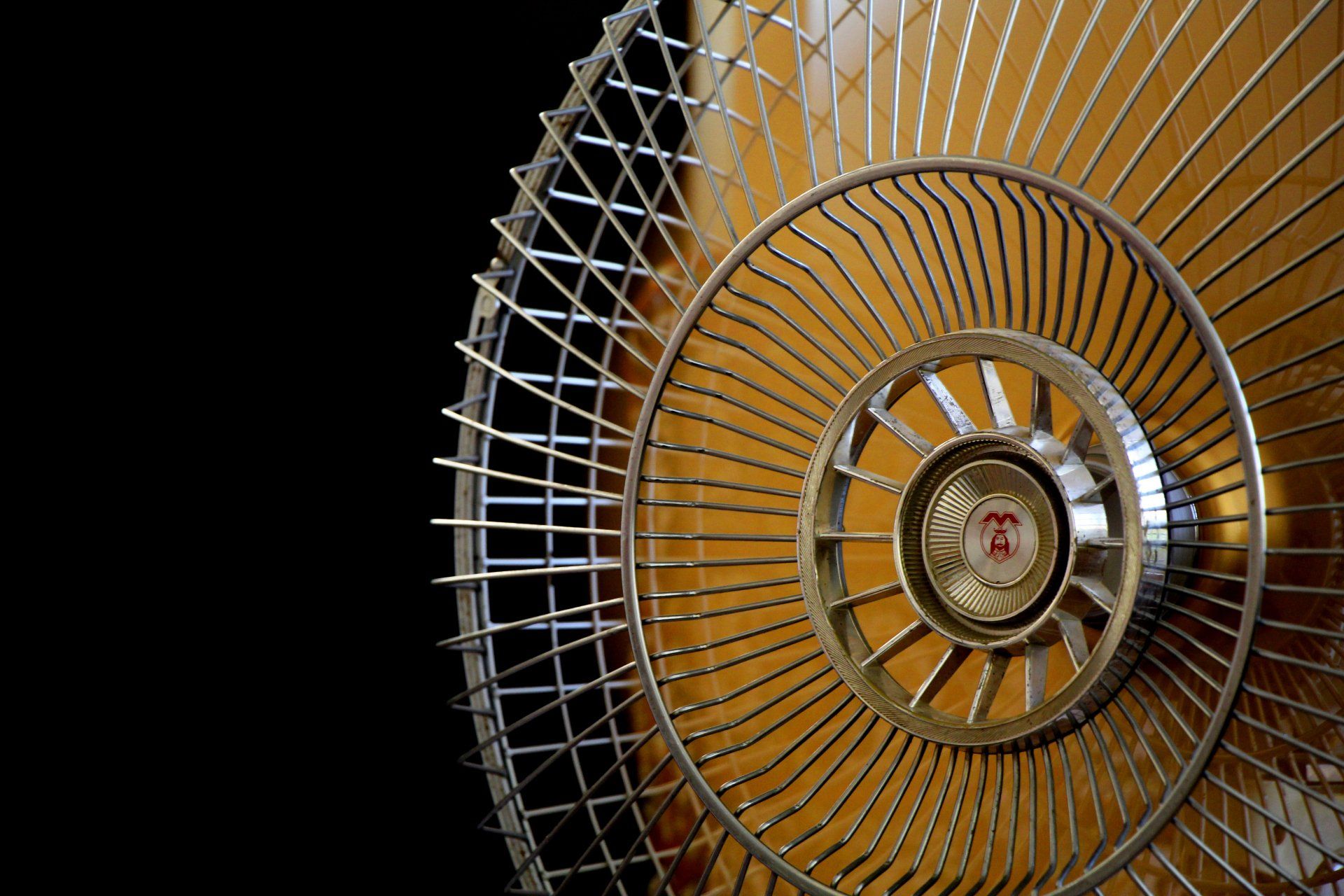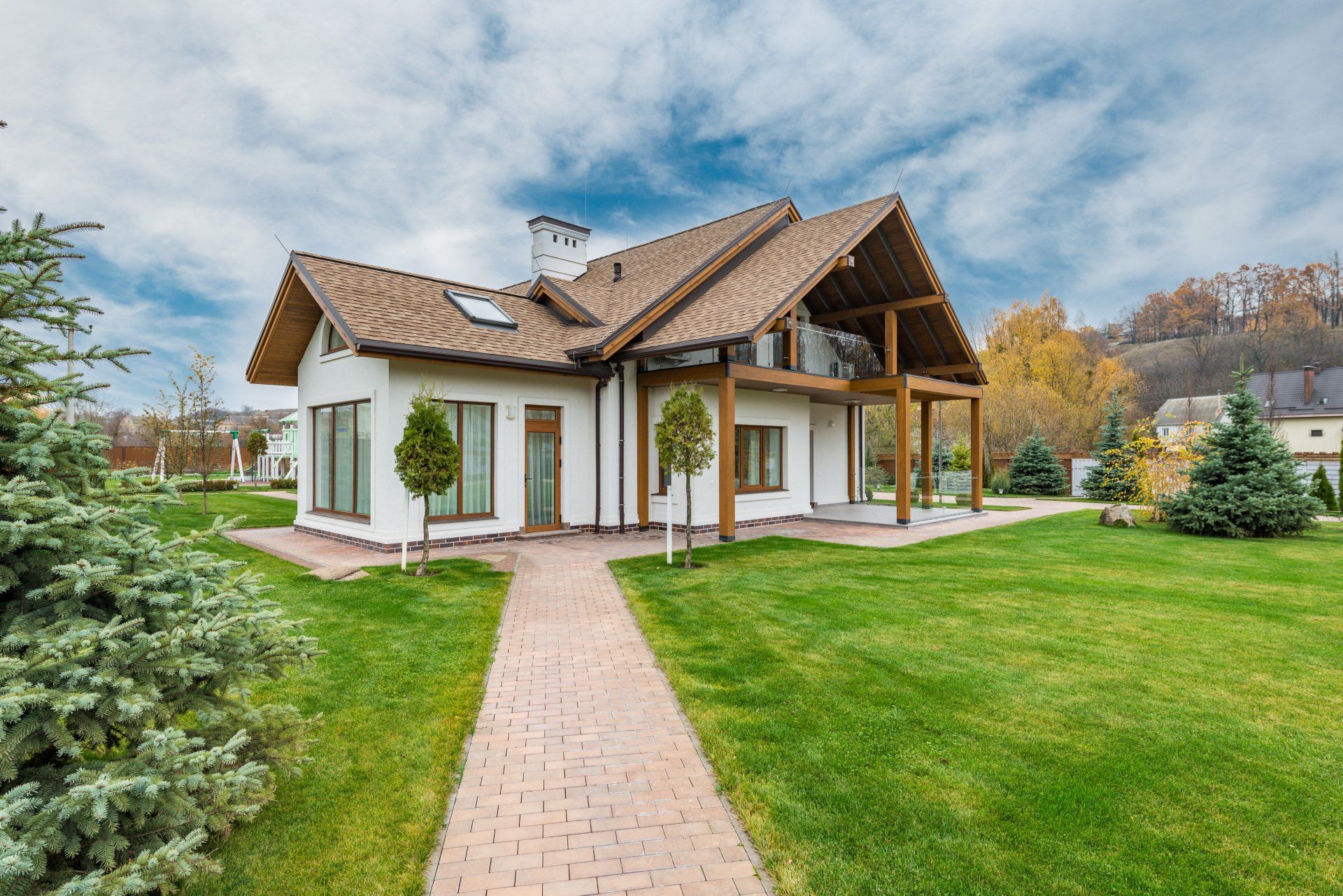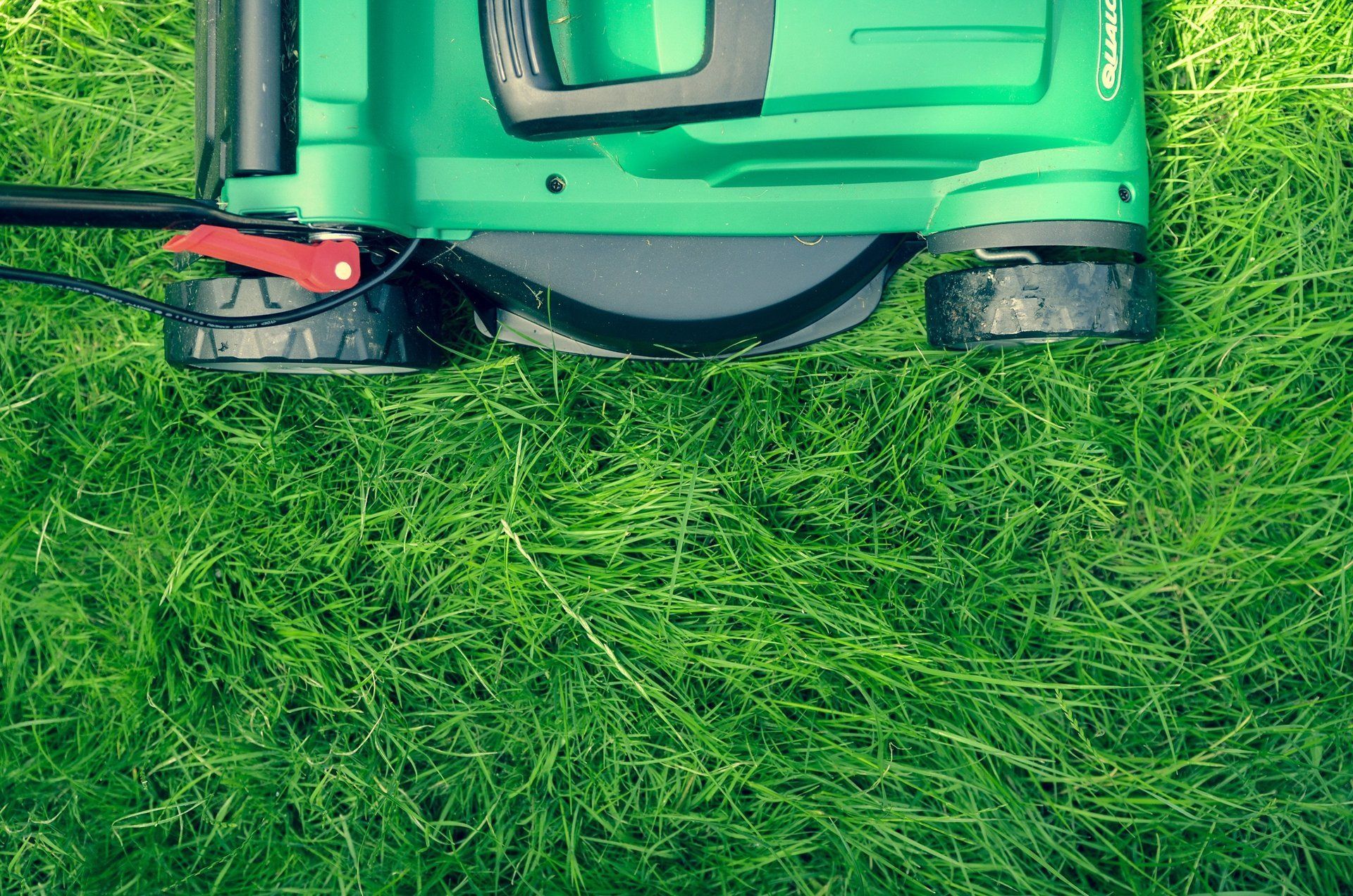How to Winter Proof Your Home This Winter
Why & How To Winter-Proof Your Home This Winter
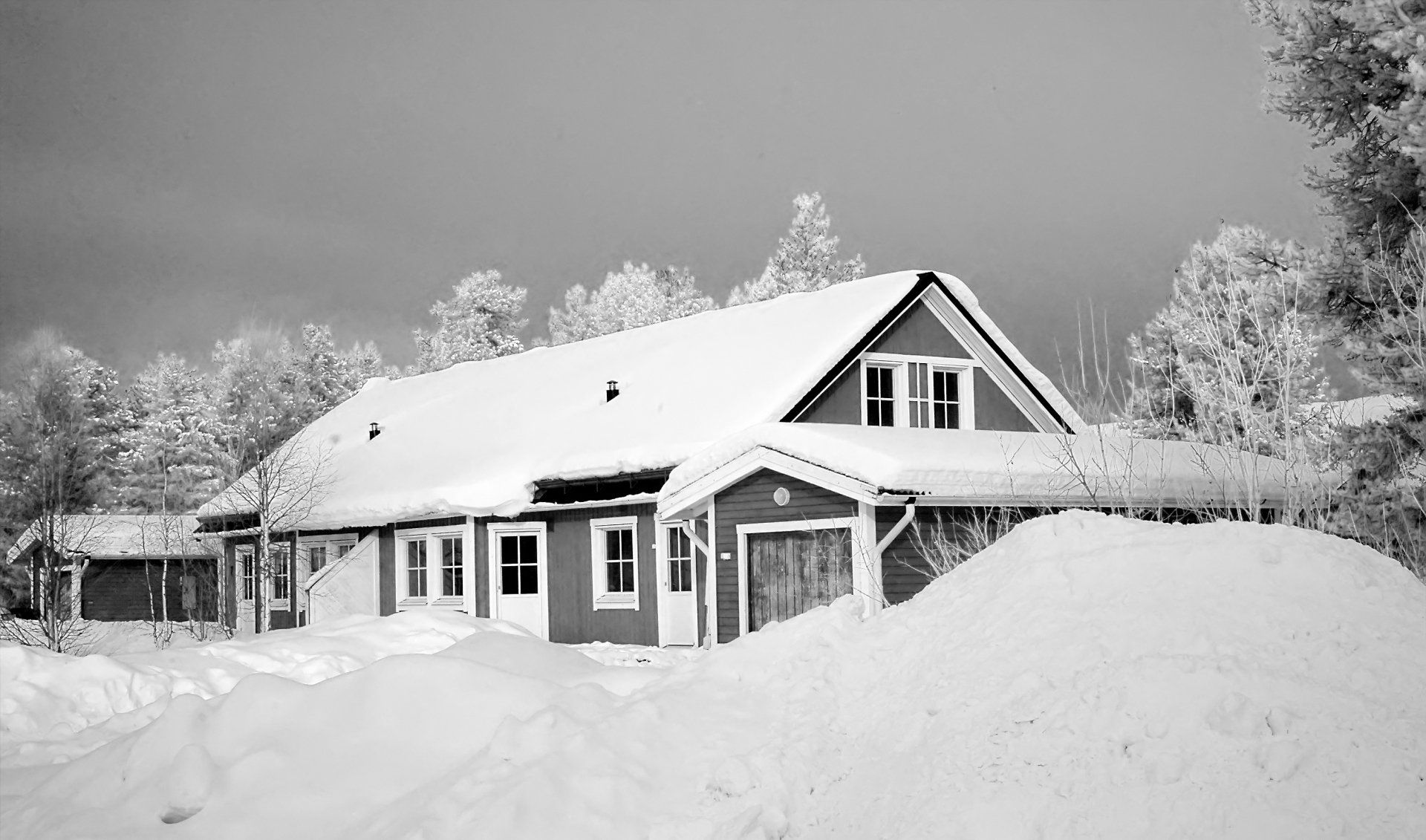
With the cold weather approaching, winterizing becomes the most significant home improvement project. The process is crucial for all homeowners, especially those who will be away during the holidays. Get some tools and lumber if you don't want to return from the holidays to a damaged house.
You must complete a number of tasks to winterize your home. Start by insulating the pipes, walls, and flooring. Look for damage in the roof and repair it if you find any. Additionally, seal up any gaps between closed windows. Most importantly, to prevent major plumbing damage, you should wrap your pipes with a foam wrap and a heating cable in any areas of your house that aren’t able to be heated with your HVAC system (usually found in attics and basements built in the early 1900s or earlier that haven’t yet been updated).
Want to learn more about how to prep your house for cold weather? This article will cover everything you need to know about winter-proofing your home. So, let’s get started!

Why Do You Need To Winter-Proof Your Home?
You want to live in a warmer home during the cold months. That might seem like the most important reason to winter-proof your home. However, winterizing goes beyond that. Apart from the comfort, it also saves you money and prevents property damage.
When you winter-proof your home, the heating system does not have to work as hard to keep your house warm. This means it uses less power, which translates to lower energy bills for you. So, doing a little home improvement work and investing in some building materials can be very rewarding in the long term.
Another major hazard of not winter-proofing your home is plumbing damage. In the cold seasons, the water in your pipes can easily freeze. Frozen water pressurizes the pipes from the inside and bursts them.
In other instances, the pipes may not burst. But the freezing temperatures can make them crack. Afterward, leakage can occur due to this compromised plumbing system and cause water damage to your property.
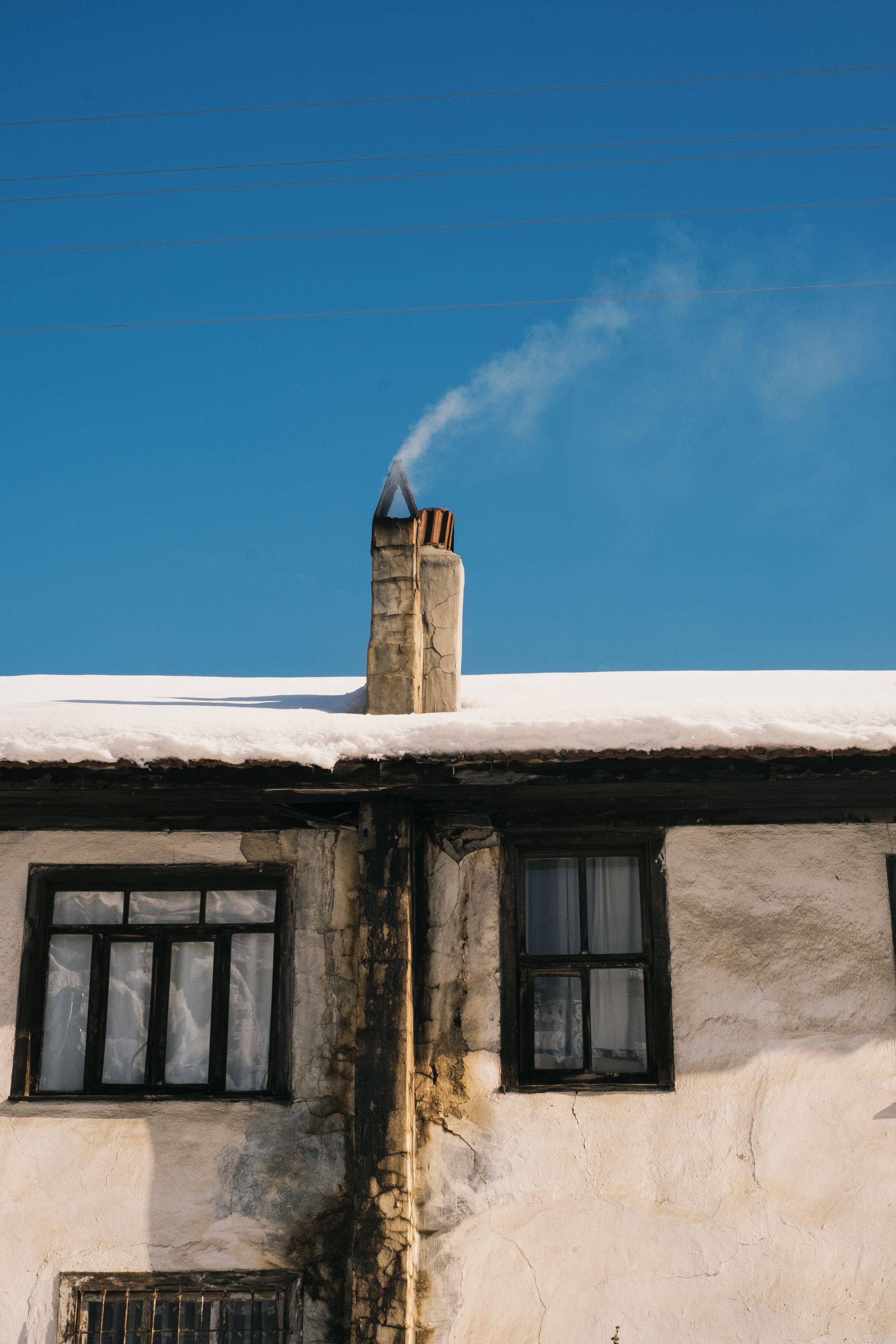
How To Winterize Your Home For The Cold Months
Winterizing your home can take one or multiple days. It depends on the size and condition of your home. Your physical capability and how many helping hands you have at your side matter too, but it isn't that tough of a job. Try to view it as fun instead of a chore.
Inspect Your Roof And Chimney
Let's start from the top. Inspect your roof for leaks, damages, and gaps. You may have to replace some of the shingles or lumber framing if you find any extensive damage on your roof. After doing any necessary repairs, you should add an extra layer of insulation over the existing one. Glass wool, mineral wool, and foam are some of your roof insulation options. Don’t fret about how much this costs – you’ll get a return on your investment with the energy costs you’ll save heating your home with the extra insulation.
When inspecting the top of your home, check your chimney if you have one. Getting a professional chimney sweep is the best option here. Sometimes snow can accumulate inside the chimney and later cause water damage. It’s also not uncommon for certain kinds of animals and pests to build nests inside chimneys during the winter months, which you’ll definitely want to get rid of before they cause damage (or before you accidentally set the poor little guys on fire!). So, seal it properly or service it to the best of your ability.
Adding Insulation To The Walls
This is probably the single most important part of winter-proofing a home, in our opinion. In cavity walls, there is space between the walls. In some homes, these cavities are already filled with insulation material. But many homes in the U.S. were built before this was a common feature, especially homes built in the early 1900s or earlier. So, find out if your cavity walls have insulation. Even if they have insulation, you can always add more materials to prevent heat from escaping which will lower your energy bill.
If your home has solid walls, no problem – you still have options to winterize your walls. Materials like insulating plaster and thermal lining are great options for winterizing homes with solid walls where insulation cannot be placed inside.
Winterizing The Floors
There are two ways to insulate the floor. You can lay a layer of rigid insulation over your existing floor. Afterward, install chipboard flooring on it. However, this will add some degree of thickness to your floors, which means you might have to trim the bottoms or tops of your doors a little. If you trim the tops, you’ll also probably need to adjust where the hinges attach to the door. And don’t worry, none of this will be noticeable if done correctly and with care.
The other insulation technique works if your home has a crawl space. Like insulating the loft and the wall cavities, you can use a foam-based insulation material to winter-proof the space underneath your home. Spray foaming is probably the best option for crawl spaces because it will effectively seal off the passage of cold air in your crawl space.
Upgrade Doors And Windows
The better your doors and windows hold heat in and keep the chilly air out, the warmer your house will be during the winter, and the lower your energy bill will be. Draught excluders can be used to prevent cold air from entering through door gaps. Rolled-up blankets can serve as a substitute.
Use caulk and foam to secure the gaps in your windows and doors. Windows with multiple layers of caulk and foam can trap heat inside your home for longer. If you can't get anything to insulate the windows, some plastic bubble wrap around your windows might just do the trick too.
You might not be able to install new windows on short notice, or if you’re a renter (where you probably won’t be allowed to install new windows at all). But it doesn’t hurt to know that low-emissivity glasses are best for winterization. These glasses have an invisible layer of metallic coating to reflect heat. Also, double or triple-pane windows are more effective in winter-proofing your home.
Energy-efficient doors and windows can save you tons of money by reducing energy bills. They also add more value to your property. So, it’s probably not a bad idea to invest in them.
Tend To Your Plumbing
Your plumbing is at the greatest risk during the winter. A sudden fall in temperature can freeze the water inside your pipes over the course of one night. So, if you don't want to wake up to busted pipes, winterize them properly.
You can find pipe insulation at any DIY or hardware store. These are essentially tubes padded with foam that embrace your pipes. That way, the cold from outside can't get into the pipes. Meanwhile, the warm water doesn't lose any heat from the inside.
If you leave your home vacant for the holidays, drain the system properly. At the same time, clean the gutters and other structures around your home that communicate with the plumbing system. This will ensure there is no stagnant water to freeze.
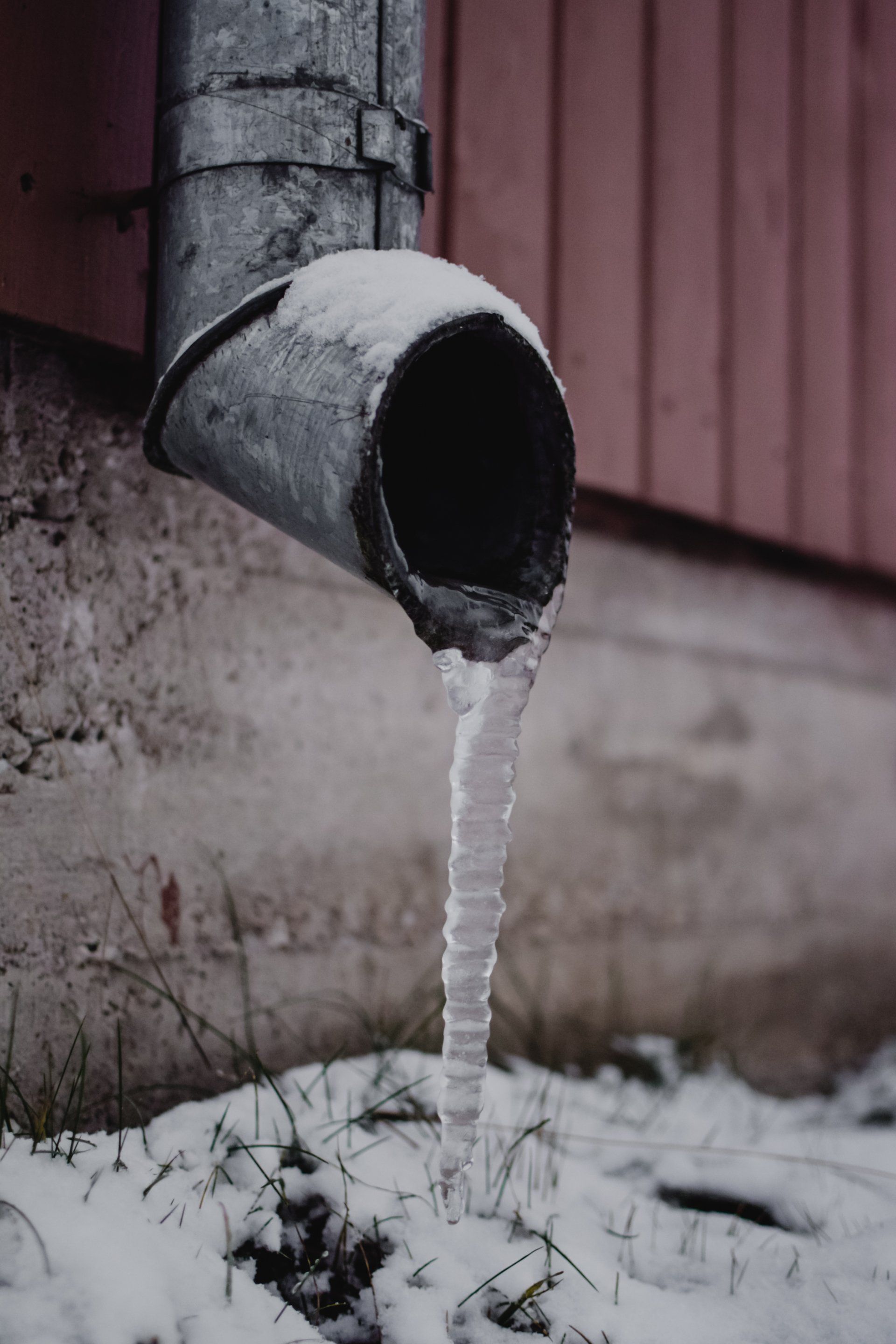
Conclusion
Winter proofing your home is extremely important, and you’ll almost certainly see a return on investment on all your hard work, as it will reduce your energy bills during the colder months, which will add up over time. Plus, you don't have to dwell in fear during your vacation that you will return to a home destroyed by the freezing winter weather.
You may need to pick up some new tools, and possibly lumber or other building materials to do this home improvement job. If you live in Harford County, Maryland or the surrounding areas, we invite you to visit our hardware store and lumber yard for all the supplies you’ll need. Or, you can contact us here to ask us questions about any supplies you’ll need if you’re not sure. You'll find everything you could possibly need to winterize your home right here.
Store Hours
- Monday
- -
- Tuesday
- -
- Wednesday
- -
- Thursday
- -
- Friday
- -
- Saturday
- -
- Sunday
- Closed
Kefauver Lumber True Value



